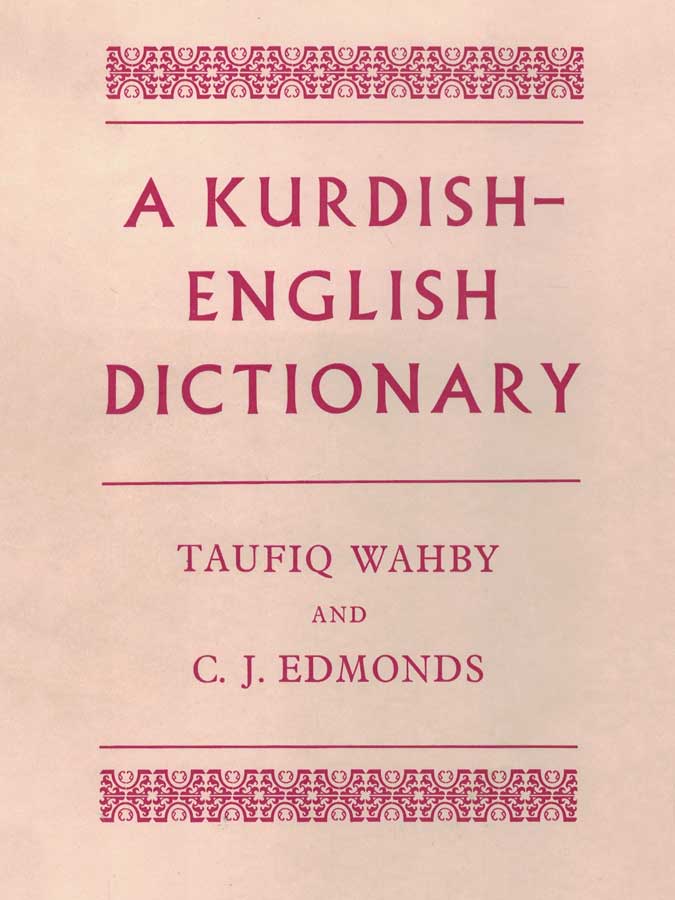Meaning of «y» in A Kurdish-English Dictionary:
-y [1]
inserted in certain cases for euphony between a final vowel and another vowel following in close liaison (but after û only before ê and î), e.g.:
ga, gayeke: ox, the ox
peṟo, peṟoyêk: rag, a rag
gerû, gerûyêk: throat, a throat
mandû, mandûyî: tired, fatigue
geṟa, geṟayewe: he wandered, he returned
y [2]
particle known as îzafe principally used:
1. As a defining relative pronoun, who, whom, which, e.g.:
piyaweke y hat or ew piyawe y hat: the (that) man who came
ew piyawe y dîbû-tan: the man whom you had seen
for the construction of relative clauses see ke6
2. To link epithet adjectives and nouns to the noun which they qualify, e.g.:
piyaw-êk y aza: a brave man
tirê y ṟesh y shîrîn: sweet black grapes
desht y Bîtwên: the Bitwên plain
Gûrûn y bira-m (but apposition bira-m Gûrûn: my brother Gurun
3. To link a noun in the genitive relation to the noun it qualifies, e.g.:
bira y gûrûn: Gurun’s brother
tîshk y ṟoj: the sun’s rays
derga y koshkeke: the palace gate
Babekr y Selîm: Babakr (son) of Salim
4. To link a noun or adjective, especially one forming part of a compound verb, to its complement, e.g.:
bang y kê ekey (also kê bang ekey), whom are you calling?
fêr y kurdî-tan kirdim: you taught me Kurdish
y- [3]
particle prefix to present indicative tense of certain verbs having present stem beginning with ê or hê (the h being omitted), e.g.:
y’êm: I come (hatin, present stem, ê)
y’ênim or ehênim: I bring (hênan, present stem hên)
Compare de2, e6-y [4]
(pronounced as pure short i after consonant but coalesces with a preceding vowel) pronoun affix he, she, him, her, his, her, it, its, most commonly used:
1. When the pronoun is the direct object of a transitive verb in the present tense
2. In the genitive relation and so as possessive adjective; it is suffix, with intervening euphonic t, to the 3rd person singular present indicative of the enclitic verb ‘to be’ in cases where there would otherwise be ambiguity, e.g.:
heye (where y is euphonic) there is, but heyet-y: he has
eme ga-ye (y again euphonic), this is an ox, but eme ga-yet-y: this is his ox
ty is however sometimes added when there is no danger of confusion, e.g.
Baram bawk-y-e or Baram bawk-y-ety: Bahram is his father
3. With the prepositions bo, lê, pê, tê, legeḻ, and the postposition ê
4. To denote the agent in sentences having a transitive verb in a past tense, see Appendix V;
for further explanation of the manner of use of the pronoun affix, with examples, see under -t2
-y [5]
(thus after vowel, -î after consonant), inflexion of 2nd person singular of present tenses of all verb and past tenses of intransitive verbs
for use of euphonic t after -y: see t1
-y [6]
2nd person singular of enclitic verb ‘to be’, art, are
for use of euphonic -t after -y: see t1

By:
Taufiq Wahby and C. J. Edmonds
Language:
Central Kurdish to English
Publish year:
1966